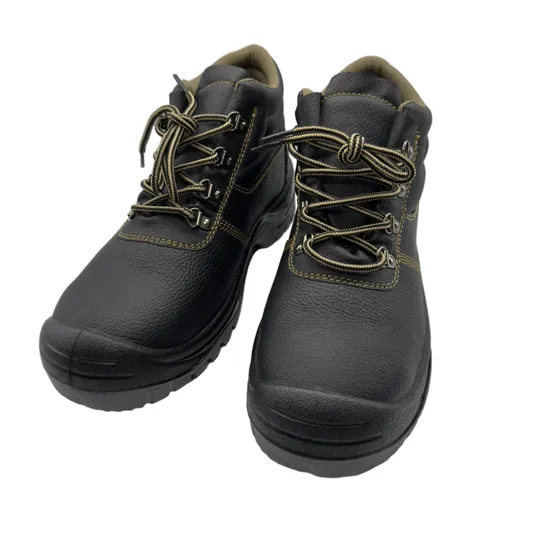
Mexico’s dynamic consumer market, driven by a growing middle class and proximity to the U.S., offers immense opportunities for Chinese shoe manufacturers. Sourcing footwear directly from China enables Mexican businesses to access high-quality products at competitive prices while navigating regional trade dynamics. This article explores how Mexican importers can efficiently procure shoes from China, ensuring compliance with local regulations, optimizing costs, and meeting market demands.
—
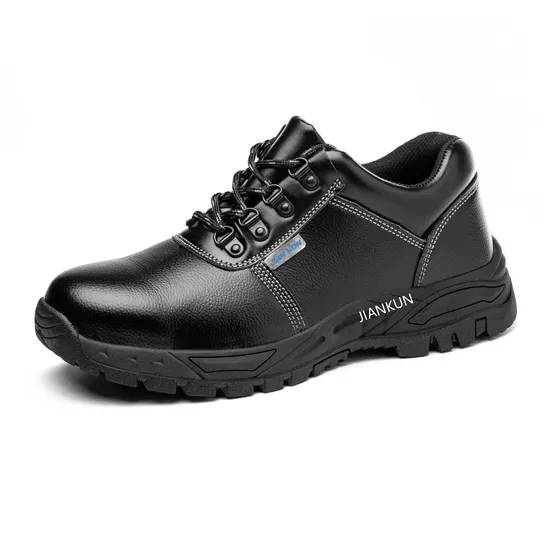
Why Source Shoes from China for Mexico?
China remains the world’s largest footwear manufacturer, producing over 10 billion pairs annually, with 60% of global exports flowing to North America. Key advantages for Mexican buyers include:
– Cost Efficiency: Labor and production costs in China are 30–50% lower than in Mexico, enabling competitive pricing for local retailers.
– Product Variety: Factories offer lightweight, breathable designs suited to Mexico’s diverse climates, alongside durable options for urban and outdoor wear.
– Scalability: Manufacturers can handle bulk orders for large retailers or small-batch productions for niche markets (e.g., eco-tourism gear).
—
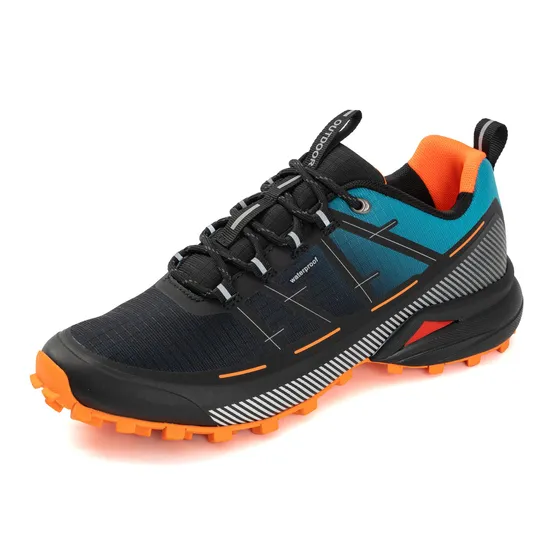
Step-by-Step Procurement Process
1. Define Product Requirements
– Specifications: Outline materials (e.g., moisture-wicking synthetics, rubber soles), sizing (ISO standards), and design elements (e.g., slip-resistant soles for wet coastal areas).
– Certifications: Ensure compliance with Mexican regulations, including NOM (Normas Oficiales Mexicanas) safety standards and NMF (Norma Mexicana de Calzado) certifications.
2. Supplier Vetting and Selection
– Government Channels: Partner with Mexico’s Secretaría de Economía (SE) to identify verified Chinese factories authorized for export.
– Factory Audits: Conduct virtual audits to assess craftsmanship, quality control, and sustainability practices (e.g., water-efficient dyeing).
– Samples: Request prototypes to evaluate durability, stitching, and design suitability for Mexican consumers.
3. Negotiate Contracts and Logistics
– MOQ (Minimum Order Quantity): Negotiate terms based on order size—smaller MOQs suit small businesses, while bulk orders reduce per-unit costs.
– Payment Terms: Use secure methods like letters of credit (LC) or third-party escrow services to mitigate financial risks.
– Shipping Routes: Opt for multimodal transport via Lázaro Cárdenas Port (Pacific) or Veracruz Port (Gulf) to leverage USMCA trade agreements.
4. Compliance and Customs
– Mexican Tariffs: Verify duty rates for footwear (typically 10–15% depending on material). Import licenses may be required for certain goods.
– Documentation: Prepare invoices, packing lists, and certificates of origin in Spanish to comply with Mexican customs requirements.
5. Quality Assurance
– Third-Party Inspections: Hire agencies like SGS or Bureau Veritas to inspect goods pre-shipment, reducing defect risks.
– Final Approval: Conduct a final review in Mexico to ensure alignment with local preferences (e.g., vibrant designs for tourist markets).
—
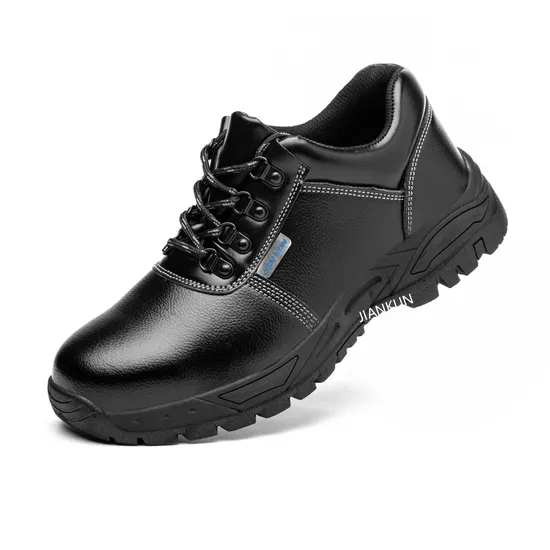
Key Challenges and Solutions
1. Navigating USMCA Compliance
– Solution: Work with logistics providers familiar with USMCA rules of origin to ensure tariff-free shipments.
2. Climate-Specific Adaptations
– Solution: Source breathable materials (e.g., mesh panels) and prioritize factories with experience in tropical-tier footwear.
3. Language and Cultural Barriers
– Solution: Use bilingual liaisons or translation tools to clarify specifications and design preferences.
4. Small-Scale Customization
– Solution: Use digital printing for localized designs (e.g., Mexican folk art motifs) and collaborate with factories offering made-to-order services.
—
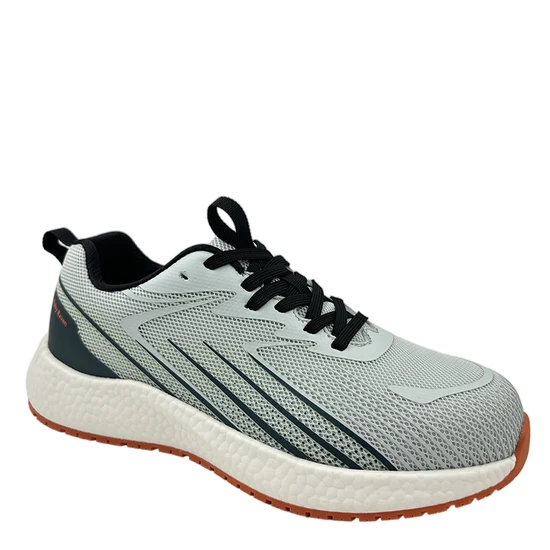
Cost-Saving Strategies
1. Consolidated Shipping: Partner with Mexican 3PL providers to store inventory in strategic free zones (e.g., Lázaro Cárdenas), reducing last-mile delivery costs.
2. Trade Agreements: Leverage USMCA benefits (e.g., reduced tariffs on footwear components sourced from China).
3. Local Partnerships: Work with Mexican customs brokers to expedite clearance and optimize VAT payments.
—
Case Study: Mexican Retailer Success
A Mexico City-based cooperative partnered with a Chinese factory to source 5,000 pairs of waterproof hiking boots for eco-tourists. By negotiating FOB pricing and using rail freight via Lázaro Cárdenas, they reduced costs by 37% compared to European suppliers. Pre-shipment inspections ensured zero defects, while USMCA compliance saved $22,000 annually in tariffs.
—

Future Trends in China-Mexico Footwear Trade
1. Sustainable Sourcing: Growing demand for circular fashion (e.g., shoes made from recycled ocean plastic) will drive innovation in Chinese factories.
2. E-Commerce Expansion: Direct-to-consumer models via platforms like Mercado Libre streamline sales.
3. Blockchain Traceability: Securely track materials from source to customer, aligning with Mexico’s focus on ethical consumption.
—
Conclusion
Procuring shoes from China to Mexico is a strategic avenue for businesses seeking cost efficiency, durability, and market relevance. By prioritizing supplier vetting, compliance, and climate-specific adaptations, Mexican importers can meet local demands while maintaining a competitive edge. As global trade evolves, embracing digital tools and eco-conscious strategies will ensure long-term success in this dynamic market.
Streamline Your Sourcing Journey
Partner with trusted logistics providers and leverage digital innovation to optimize your footwear procurement process. From factory selection to customer delivery, every step contributes to building a resilient Mexican brand.
Article link:https://www.vlefooena.com/manufacturer/3914/

No reply content